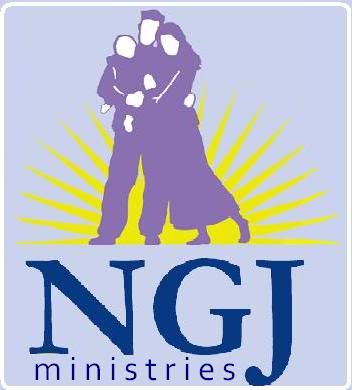 Mobility and ease of movement are greatly impeded by inflammation and swelling. In urgent circumstances, this can be dangerous. Swelling indicates that more fluids are being delivered to the area than it is possible for your lymphatic system to carry away. Rather than leave the fluids there to stretch and strain the tissues, there is a way to reduce the swelling and recuperative time.
Mobility and ease of movement are greatly impeded by inflammation and swelling. In urgent circumstances, this can be dangerous. Swelling indicates that more fluids are being delivered to the area than it is possible for your lymphatic system to carry away. Rather than leave the fluids there to stretch and strain the tissues, there is a way to reduce the swelling and recuperative time.You can create a biological pump.
Fill a bucket with icy water and another container with the warmest water you can endure. Place your swollen limb into the cold water and allow your limb to soak for several minutes. Then move the limb into the warm water soak for several minutes. Continue to do this until you are relieved of the swelling.
 I have found that inexpensive foam ice chests are useful for this application as they are large enough to hold a sufficient volume of water and maintain the heat or coolness of the water over a 30 minute session (or longer). If this is not an option in a remote location, find a container that can hold warm water and move between a cold running stream and the heated container of water. You may even substitute heated rocks wrapped in an insulating cloth as your source of warmth and a frozen towel for a cold wrap.
I have found that inexpensive foam ice chests are useful for this application as they are large enough to hold a sufficient volume of water and maintain the heat or coolness of the water over a 30 minute session (or longer). If this is not an option in a remote location, find a container that can hold warm water and move between a cold running stream and the heated container of water. You may even substitute heated rocks wrapped in an insulating cloth as your source of warmth and a frozen towel for a cold wrap.The point is to repeatedly cool and warm the limb. The heat draws oxygenated blood to the area and relaxes the tissue. The ice shrinks the tissues and helps move fluids away from the limb. Done repeatedly, it increases the movement of fluids away from the area, promoting healing and increasing the range of motion.
You may still need some time to regain strength in the limb, especially if there has been structural damage. However the healing will progress at a faster rate when swelling and inflammation are reduced.
Of course, the primary defense against a swollen limb is to prevent its occurrence.
Poor movement mechanics and a lot of sitting can lead to a tendency towards swellings. Additionally, this can contribute to arthritis pain, poor bone density and tension in the neck, eyes, and jaw. These are common symptoms among populations that have a sedentary lifestyle with brief interludes of intense exercise. In cultures that require movement throughout the day this is not the norm. The human aging process is not naturally characterized by these symptoms.

When your feet or hands swell, it is an indication that toxins and waste material have accumulated in the area. With the regular use of your muscles, the circulatory and lymph systems can become healthy enough to flush the area free of toxins and bring nourishment to the tissues. Not using muscles means that these functions cannot be carried out as they were designed, and this makes you prone to injury and disease.
The good news is that the function and health of your body can be improved when you change your behavior with respect to the design. So, if you haven’t been utilizing muscle groups, it’s not too late to start. Your ability to take care of yourself and your loved ones is improved with physical fitness.
This guide is written for information purposes only and not meant as a substitute for skilled health care. When incorporating these methods, a reader must be informed, utilize good sense and be aware that he assumes all liability.








How about poor circulation in the feet? even when u exercise and keep active?
ReplyDeleteEven if the cause is poor circulation, the hot/cold treatment will help reduce swelling. Runners -- especially barefoot runners -- often use ice foot baths after a workout to keep feet from swelling.
ReplyDelete